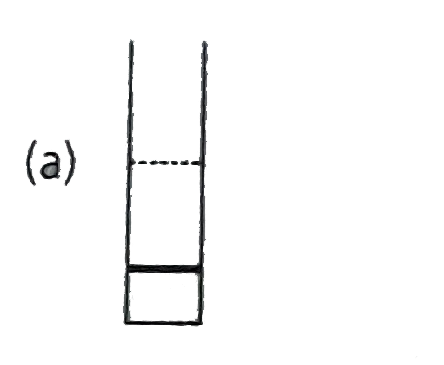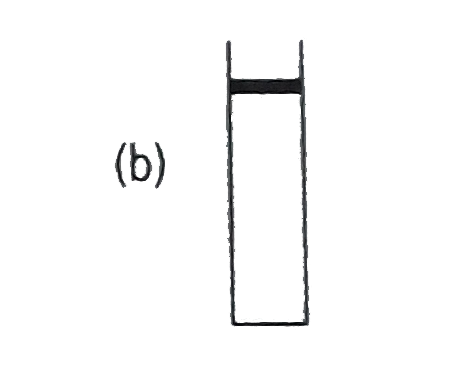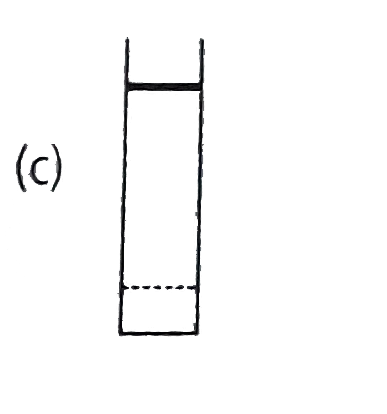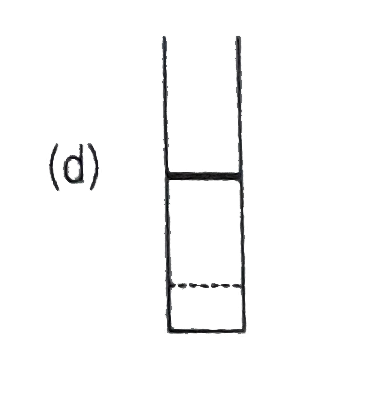Assertion :- Tylor and colleages in 1958 used CsCl density gradient centrifugation technique to prove semiconservatie DNA replication.
Reason : They use 15N heavy nitrogen which is not a radioactive isotope.
If both Assertion & Reason are True & the Reason is a correct explanation of the Assertion.
If both Assertion & Reason are trur but Reason is not a correct explanation of the Assertion.
If Assertion is True but the Reason is Flase.
If both Assertion & Reason are false.
The correct Answer is:D
To solve the question, we need to analyze both the assertion and the reason provided.
1. Understanding the Assertion:
- The assertion states that Taylor and colleagues in 1958 used the CsCl density gradient centrifugation technique to prove semi-conservative DNA replication.
- However, it is important to note that the experiment that demonstrated semi-conservative DNA replication was actually conducted by Meselson and Stahl, not Taylor and colleagues. Therefore, the assertion is incorrect.
2. Understanding the Reason:
- The reason states that they used 15N heavy nitrogen, which is not a radioactive isotope.
- In reality, 15N is indeed a heavy isotope of nitrogen, but it is not radioactive. It is stable and is used in experiments to trace the incorporation of nitrogen into DNA. However, the statement that it is not radioactive is true, but it does not support the assertion correctly since the assertion itself is false.
3. Conclusion:
- Since both the assertion and the reason are incorrect, the correct answer is that both the assertion and reason are false.
Final Answer:
Both assertion and reason are false.
- The assertion states that Taylor and colleagues in 1958 used the CsCl density gradient centrifugation technique to prove semi-conservative DNA replication.
- However, it is important to note that the experiment that demonstrated semi-conservative DNA replication was actually conducted by Meselson and Stahl, not Taylor and colleagues. Therefore, the assertion is incorrect.
- The reason states that they used 15N heavy nitrogen, which is not a radioactive isotope.
- In reality, 15N is indeed a heavy isotope of nitrogen, but it is not radioactive. It is stable and is used in experiments to trace the incorporation of nitrogen into DNA. However, the statement that it is not radioactive is true, but it does not support the assertion correctly since the assertion itself is false.
- Since both the assertion and the reason are incorrect, the correct answer is that both the assertion and reason are false.
Both assertion and reason are false.
Topper's Solved these Questions
- GENETICS & MOLECULAR BASIS OF INHERITANCE AND MUTATIONBook:ALLENChapter:GENETICS & MOLECULAR BASIS OF INHERITANCE AND MUTATIONExercise:EXERCISE-III (ANALYTICAL QUESTIONS
Explore 85 Videos
- GENETICS Book:ALLENChapter:GENETICS Exercise:Question
Explore 58 Videos
- GENETICS (PRINCIPLES OF INHERITANCE AND VARIATION) (MOLECULAR BASIS OF INHERITANCE)Book:ALLENChapter:GENETICS (PRINCIPLES OF INHERITANCE AND VARIATION) (MOLECULAR BASIS OF INHERITANCE)Exercise:Question
Explore 53 Videos
Similar Questions
Knowledge Check
The semi-conservative nature of DNA replication was established by Meselson and Stahl in their classic experiment with bacteria. They grew bacteria in N15−NH4CI containing medium with N14 - containing compounds and allowed to grow for three generation . CsCI density gradient centrifugation of isolated DNA established the nature of semiconservation DNA replication. The pictorial representation below shows the positon of differentially labeled DNA in CsCI density gradient.

Had the DNA replication been conservative, what would have been the pattern ?A B
B C
C D
D
Assertion : Complementary pairing between nucleotides is used to diagnose presence of a specific DNA segment in a mixture
Reason : DNA probes having radioactive isotoped help to detect DNA by autoradiography.
View SolutionAssertion :- In Meselson and Stahl experiment 15NH4Cl can be separated from 14N by radiography.
Reason : In 15NH4Cl,15N is a radioactive isotope.
View SolutionAssertion : When two semi conductor of p and n type are brought in contact, they form p-n junction which act like a rectifier.
Reason : A rectifier is used to convent alternating current into direct current.
View SolutionIn meselson and Stahl's experiment, heavy isotope 15N was used in the from of
View SolutionAssertion: The main challenge for production of insulin using r-DNA technique was getting insulin assembled into a mature forms
Reason :The C-peptide is not present in mature insulin & is removed during maturation process
View SolutionGo though the following statements
(i) Meselson & stahl used cesium chloride density gradient to distinguish heavy DNA molecules from the normal DNA molecules.
(ii) In meselson & Stahl experiment the DNA that was extracted from the culture one generation after the transfer from .15N to .14N, was composed of equal amount of hybrid (intermediate) DNA and of light DNA.
(iii) In prokaryotes, control the rate of transcriptional initiation is the predominant site for control of gene expression.
(iv) In lac operon, the repressor is synthesised only at the time when the level of metabolite is in excess.
Find out the correct statements?
View SolutionA bottle of red wine is thought to have been sealed about 5years ago. The wine containa a number of different kinds of atoms, incluing carbon, oxygen,and hydrogen. Each of these has a radioactive isotope. The radiaoctive isotope of carbon is the familiar .146C with a half-life of 5730years. The radioactive isotope of oxygen is. .158O and has a half-life of 122.2s. The radioactive isotope of hydrogen .31H and is called tritium, its half-life is 12.33years. The activity of each of these isotopes is known at the time the bottle was sealed. However, only one of the isotopes is useful for determining the age of the wine accurately. Which is it?
View Solution